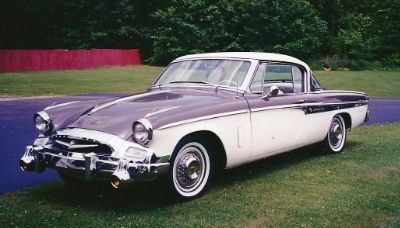I have a 62 t cab that has a fulflo 289 engine in it.The former owner said that it was overhauled. I installed a set of external gauges on it so I could know
what was going on.The oil pressure is 80# at idle and goes over 100 as you rev it up.I tried another gauge and it gave the same readings.We then pulled
the oil pressure relief valve out and cleaned it and changed the spring,to no avail as the pressures are still the same.Can anybody give me any ideas as what else could cause the oil pressure to be this high.Thank You for any advice that you can give me.Don Borger
what was going on.The oil pressure is 80# at idle and goes over 100 as you rev it up.I tried another gauge and it gave the same readings.We then pulled
the oil pressure relief valve out and cleaned it and changed the spring,to no avail as the pressures are still the same.Can anybody give me any ideas as what else could cause the oil pressure to be this high.Thank You for any advice that you can give me.Don Borger

Comment